The Children's Literature Portal
{{Portal:Children's literature/Intro}}
Selected article

Selected picture
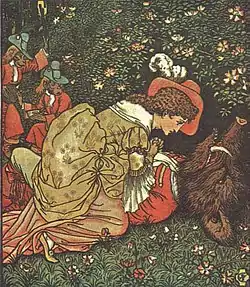
Beauty and the Beast
Beauty and the Beast illustrated by Walter Crane (1874)
In this month
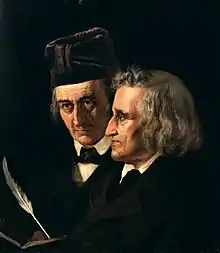
- 15 December 2006 – A film version of E. B. White's novel Charlotte's Web is released
- 17 December 1945 – Birth of Jacqueline Wilson, whose children's works are known for their challenging themes
- 20 December 1812 – Publication of the first edition of Jacob and Wilhelm Grimm's (pictured) Fairy Tales
- 22 December 1943 – Death of Beatrix Potter, creator of Peter Rabbit
- 27 December 1904 – Debut performance of Peter and Wendy, the basis of J. M. Barrie's novel Peter Pan
Selected quote
WikiProjects
{{Portal:Children's literature/Projects}}
Selected biography
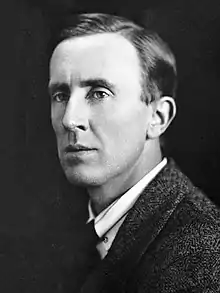
Did you know...
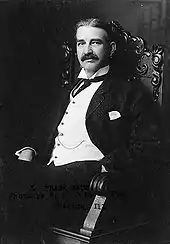
- ... that Policeman Bluejay, a children's novel by L. Frank Baum (pictured) of The Wonderful Wizard of Oz fame, was first published in 1907 under the pen name "Laura Bancroft"?
- ... that the 1986 children's picture book Juma and the Magic Jinn was awarded Honor Book in the illustrations category of the 1986 Golden Kite Awards?
- ... that children's book illustrator Walter Crane was the first President of the Arts and Crafts Exhibition Society, founded in 1887 to showcase the decorative arts?
Featured content
{{Portal:Children's literature/Featured content}}
{{Portal:Children's literature/box-header|Categories|Portal:Children's literature/Categories|}} {{Portal:Children's literature/Categories}} {{Portal:Children's literature/box-footer|}}
Topics
{{Portal:Children's literature/Children's literature topics}}
Things you can do
 |
|
Related portals
{{Portal:Children's literature/Related portals}}
Wikimedia
{{Portal:Children's literature/Wikimedia}}
Discover Wikipedia using portals
-
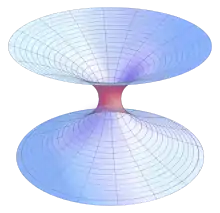 List of all portalsList of all portals
List of all portalsList of all portals -
 The arts portal
The arts portal -
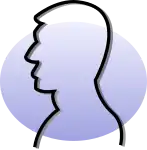 Biography portal
Biography portal -
 Current events portal
Current events portal -
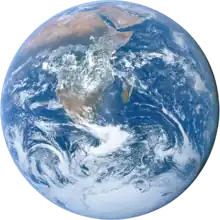 Geography portal
Geography portal -
 History portal
History portal -
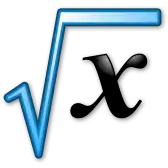 Mathematics portal
Mathematics portal -
 Science portal
Science portal -
 Society portal
Society portal -
 Technology portal
Technology portal -
 Random portalRandom portal
Random portalRandom portal -
 WikiProject PortalsWikiProject Portals
WikiProject PortalsWikiProject Portals
This article is issued from Wikipedia. The text is licensed under Creative Commons - Attribution - Sharealike. Additional terms may apply for the media files.